
Sam Carter, Blogger for Profit Runner
Last updated: 12th June 2024
This blog will teach you how to calculate shipping costs for Amazon FBA (Fulfilled by Amazon) pricing. We explain how to calculate and cover the costs incurred by you when sending your inventory to an Amazon fulfillment centre.
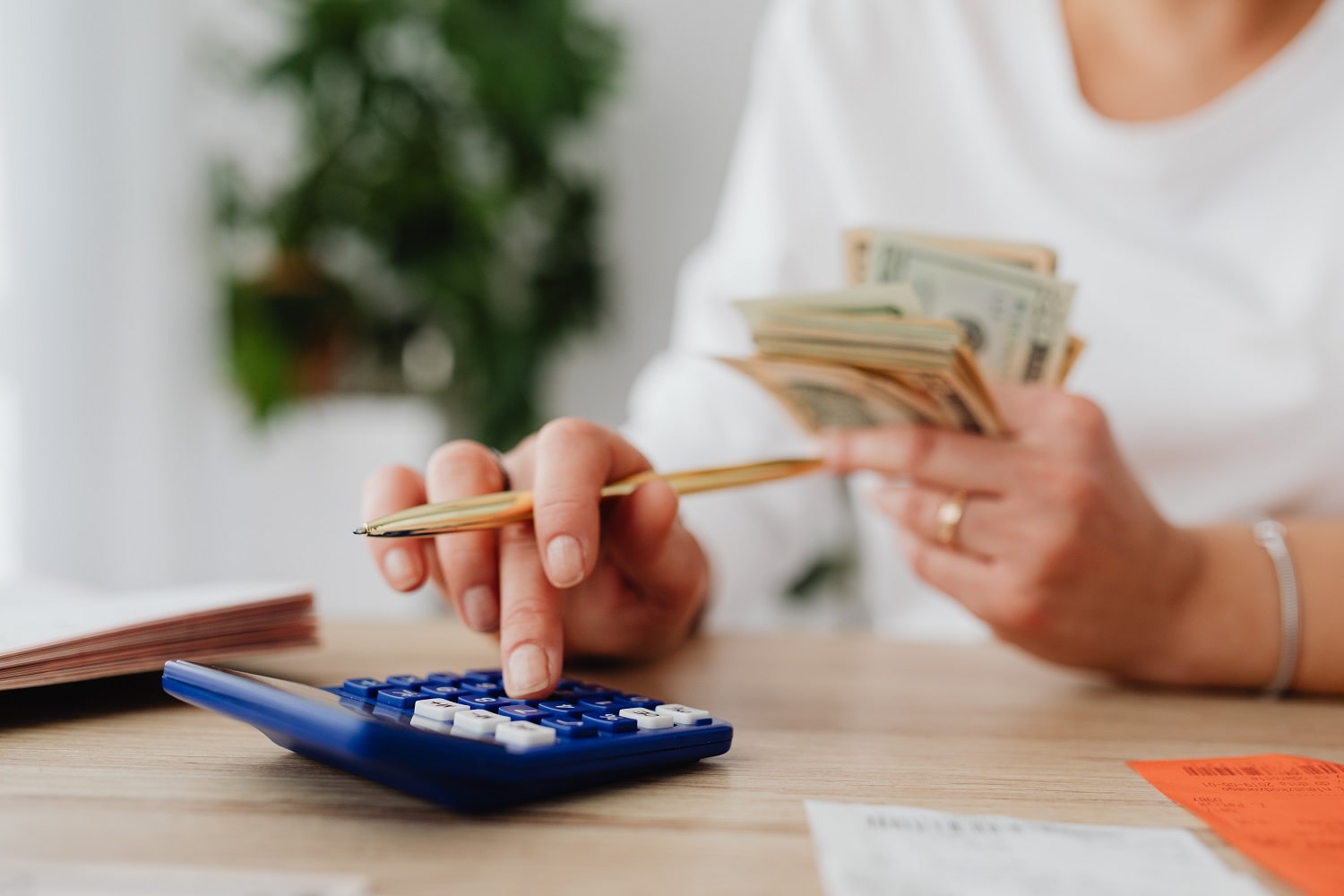
Calculating this often overlooked overhead will help ensure the Amazon prices you set will cover your Amazon prep and shipping costs. Learning how to calculate shipping costs for Amazon FBA will keep your business profitable and efficient.
Shipping costs, cardboard boxes, packaging tape, labels, bubble wrap, polybags, and safety stickers; the packaging and shipping costs for Amazon FBA are endless.
How do you factor everything in without wasting time or blowing your profit margins out of the water? What's the secret, I hear you ask?
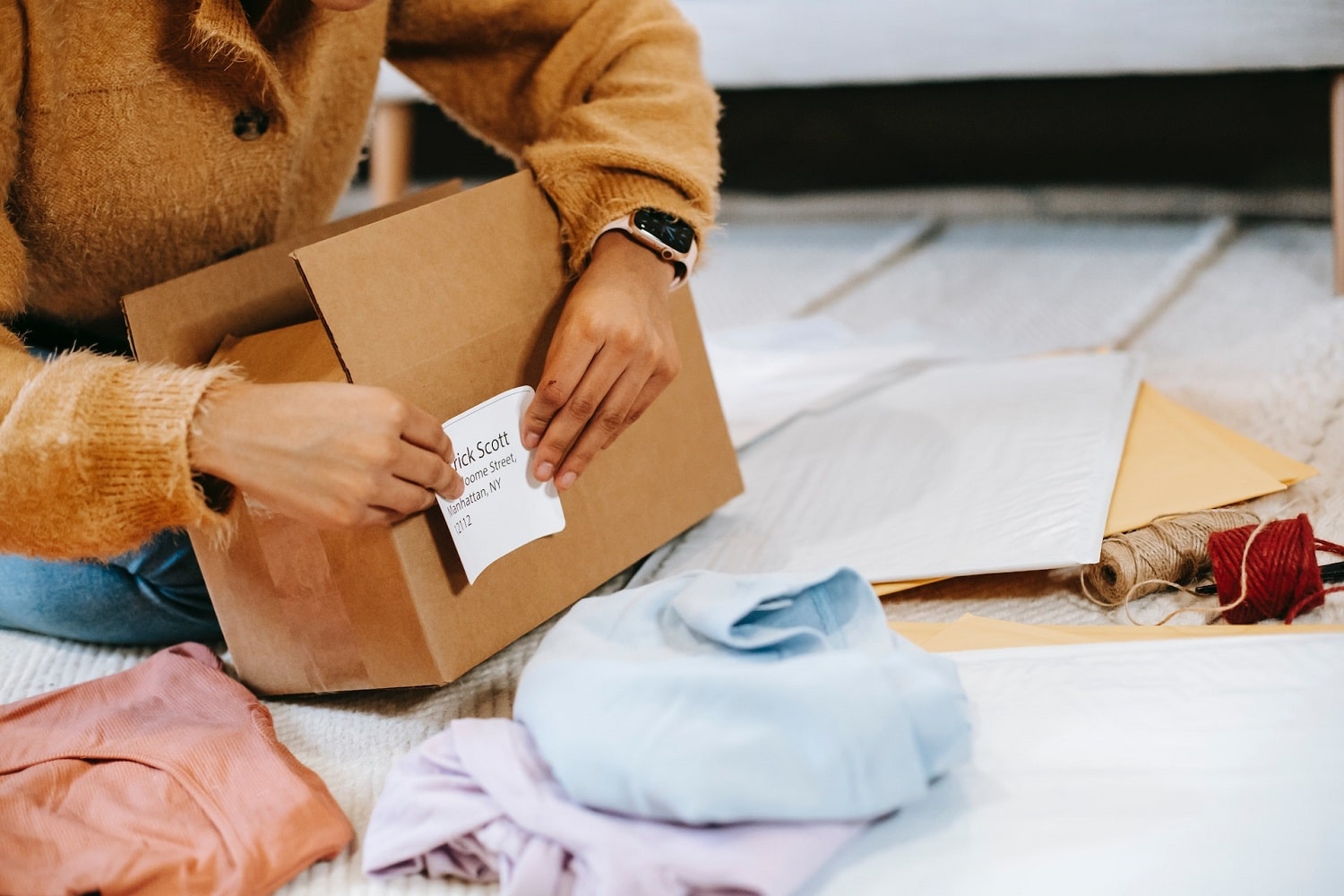
Account. For. Everything. Yes - it's that simple.
You will need to know what you will be spending on each item you plan on selling - down to the very last penny.
In essence, it's a straightforward exercise, but a little insider info will prevent you from making more than a few newcomer mistakes.
So here are three-pointers to help you calculate shipping costs for Amazon FBA like a pro.
1. How to calculate shipping costs for Amazon FBA before you source inventory
2. How to break down the cost to ship each Amazon FBA unit you sell
3. How to add FBA shipping costs to your Amazon pricing (the right way!)
One of the most painful mistakes you can make as a new seller is not factoring your Amazon shipping and prep costs into the research phase of product sourcing.

If you're a new seller, you are likely spending a lot of time sourcing products with an acceptable profit margin. When you find a potential product to source, do the following to protect your profit margins:
Pro tip: To discover specific prep requirements for your product, try adding prospective products to your Amazon inventory before adding them to a shipping plan in your Amazon Seller Central account.
Occasionally you might find products that don't travel well. It is a common problem for distance retailers.
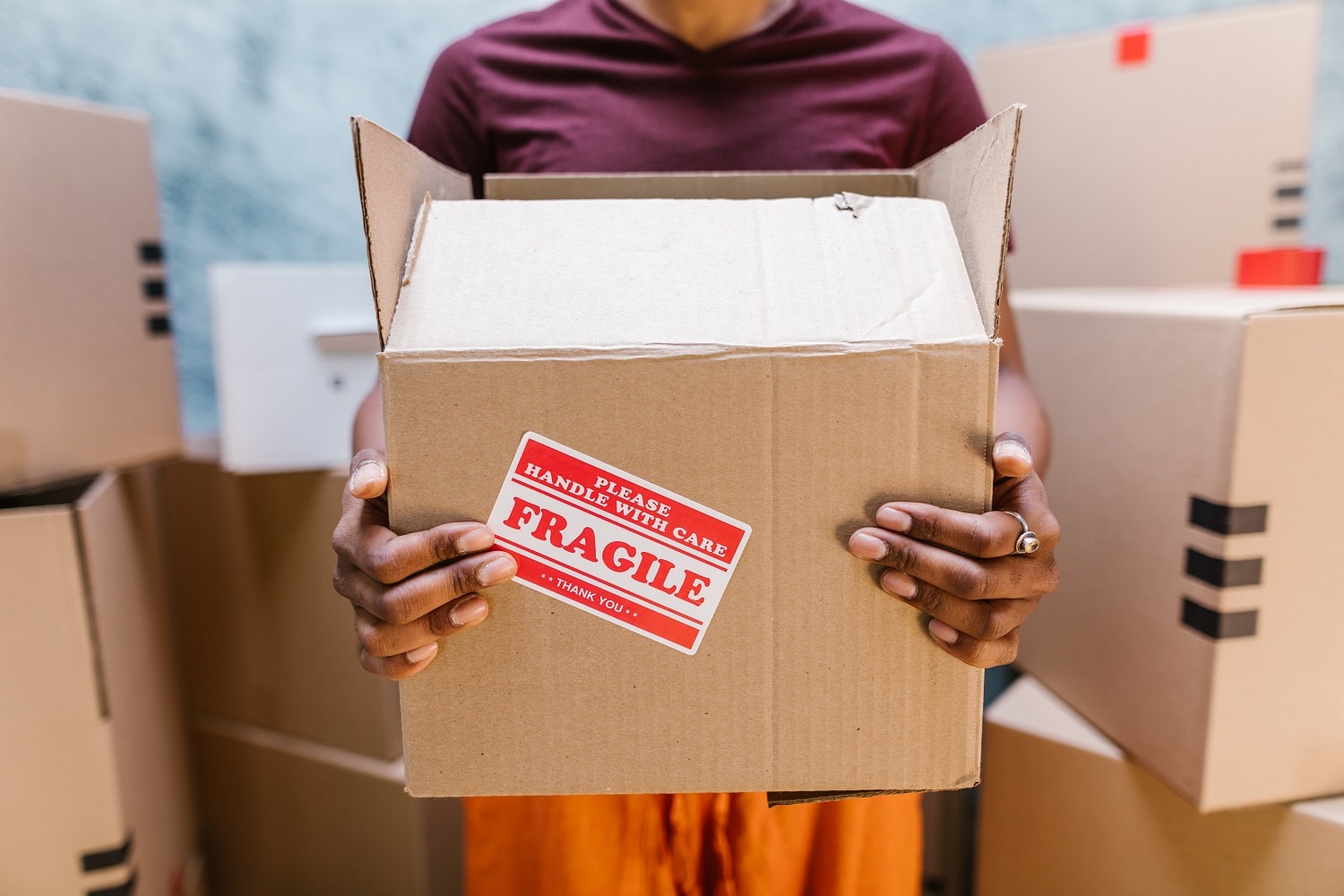
Here's a scenario you might be familiar with:
Insider info: Physically inspecting the product for potential transit issues before purchasing inventory might not always be possible. It is especially true of wholesale or online arbitrage Amazon sellers. Instead, you could contact your prep centre (if you use one) or discuss the packaging with your wholesale supplier. They should be able to advise you.
Routinely considering these factors as part of your product research will sharpen your buying strategy and help keep your bottom line healthy.
The process sounds more complex than it is.
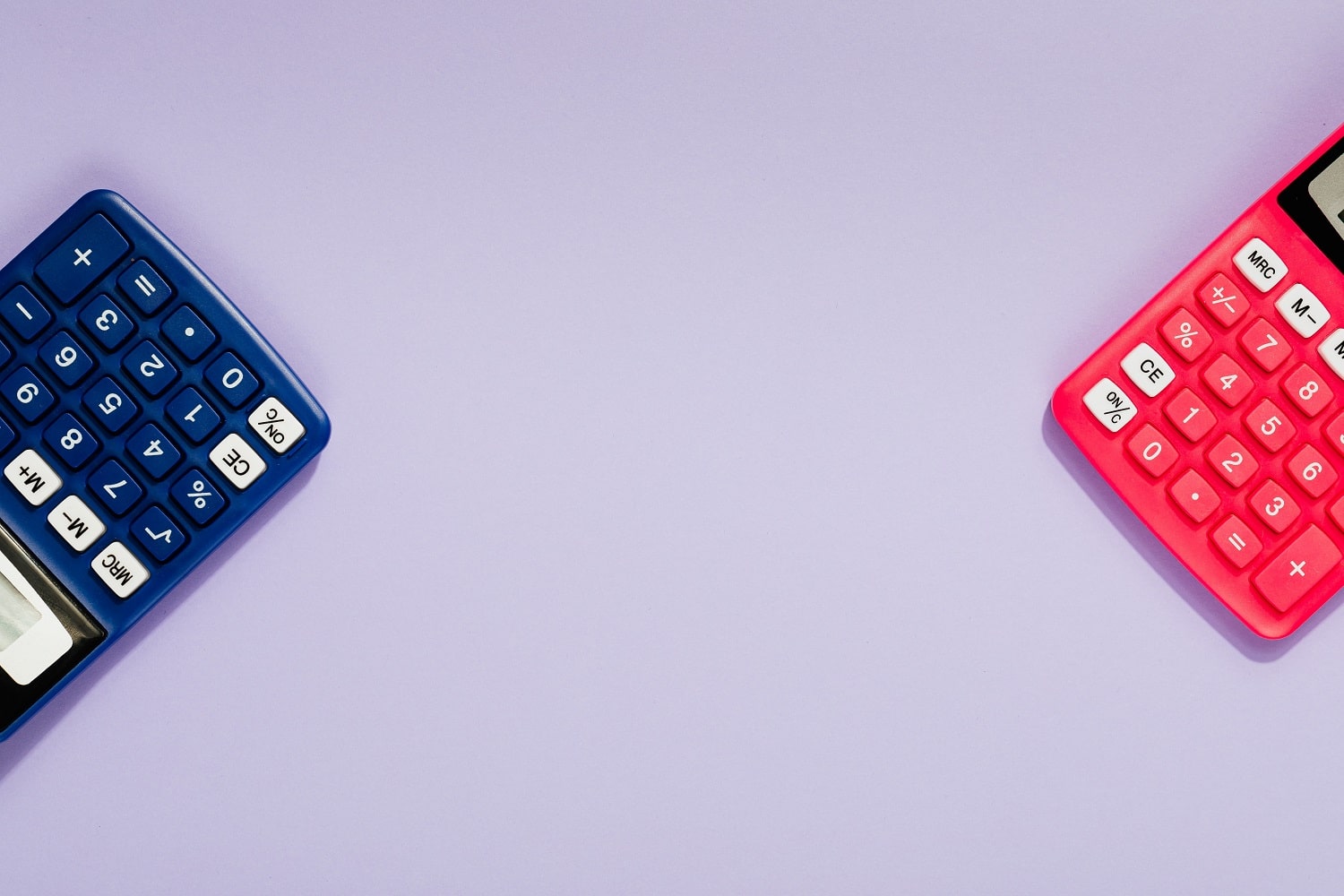
To illustrate, here's an easy example of a shipment scenario with an explanation of how to calculate the shipping and prep overheads associated with each item:
To break this down, you must separate costs that apply to all products from those that only apply to some. (Don't worry, it's easy when you know how.)

To understand these costs on a per-item basis, you add them together:
£4.99 + £0.10 + £0.10 + £3.97 = £9.16
Then divide them by the total amount of units, which in this example is eighty:
£9.16 / 80 = £0.11
Next, you will need to calculate the additional costs associated with each unit:
Now add the additional costs associated with each unit, with the £0.11 which applies to all, to give you each item's total:
And there you have it! Hopefully, this example has helped you understand exactly how to calculate shipping costs for Amazon FBA - down to the last penny!
After calculating the costs incurred by individual items within your Amazon shipment, you can add your shipping costs to your desired Amazon sale price.
It sounds simple, but there are a few things you will need to consider to calculate shipping costs for Amazon FBA into your prices accurately.
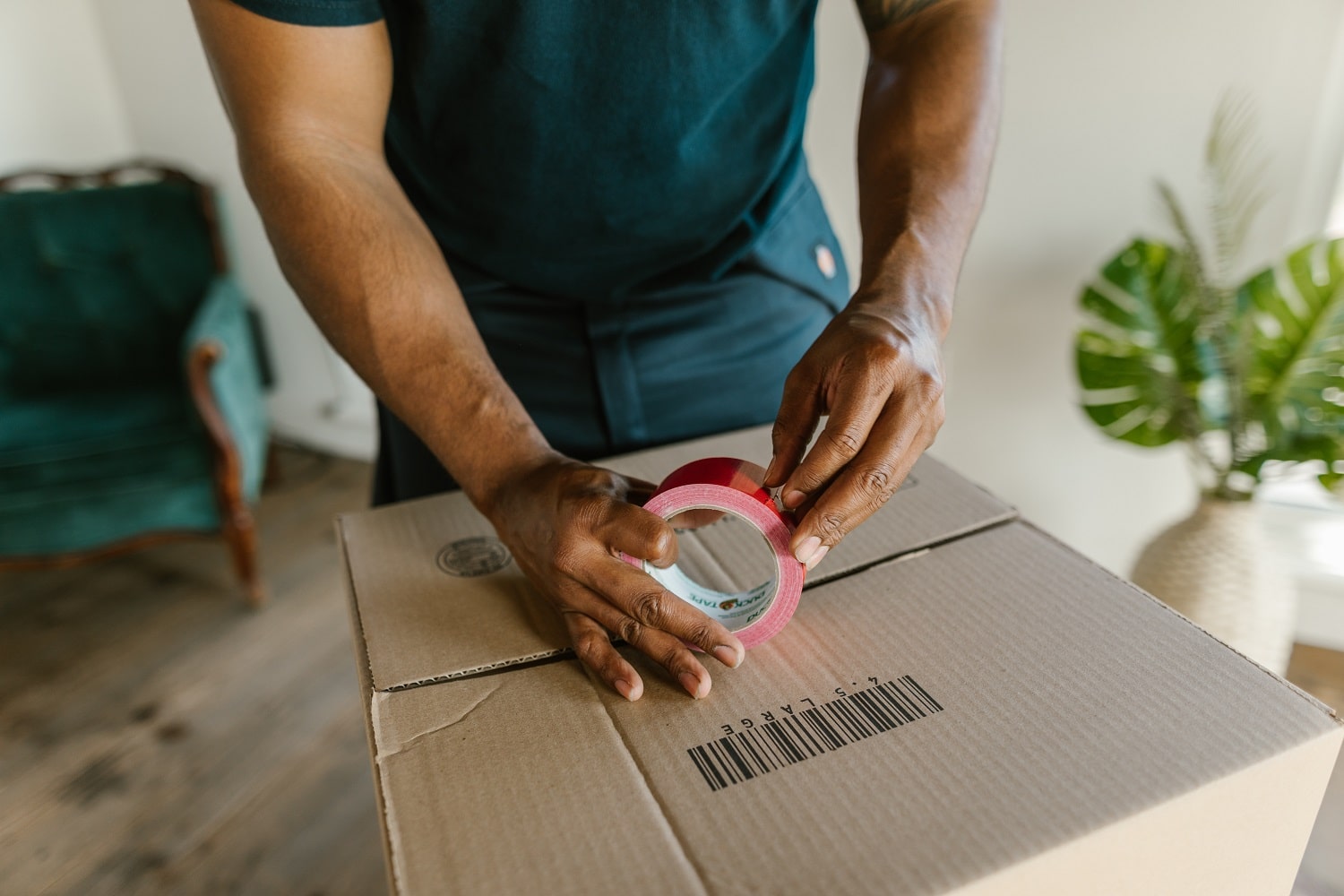
If you are trying to achieve a fixed percentage return on investment, adding your overheads to your desired sale price might not work. Here's why:
So, if you've been running your numbers and wondering why your calculations are slightly off, this could be why. To remedy it, you must increase your sale price and recalculate.
Read more: If you want to learn more about return on investment for Amazon sellers, read the Profit Runner blog What is a good return on investment for Amazon resellers?
Some sellers apply a flat fee to every product they intend to sell via FBA, hoping that everything will even out in the long run.

It is an ill-advised strategy to say the least. As with anything Amazon-related, diligence does pay off in the long run. Here's why:.
Understanding the impact of your overheads will increase your sourcing accuracy, allowing you to hone in on genuinely profitable options for your Amazon business.
Knowing how to calculate shipping for Amazon FBA will protect your business from stunted growth due to poor sourcing or pricing decisions.
Software is one of the most important allies in your quest to calculate shipping costs for Amazon FBA.

The correct software can improve your accuracy and save time, ensuring you can reinvest your attention and energy in the places your business needs it most.
Amazon has a Revenue Calculator you can access without an Amazon seller account. The Amazon Revenue Calculator is great at helping you quickly understand your monthly storage costs - perfect for private-label FBA sellers.
For Amazon arbitrage sellers, plenty of great software options are available (including Profit Runner!)
Profit Runner can add your shipping and prep costs to individual items, calculate your selling price to achieve your target return on investment and enable you to analyse your offer in line with your competition.
Think Profit Runner sounds good? Head over to the free tool and give it a go - you don't need a credit card, an email address or an Amazon Seller account.
Hopefully, this blog has helped you become more proficient when trying to calculate shipping for Amazon FBA.
Good luck with your Amazon pricing, and fingers crossed you achieve a healthy return on investment no matter how much bubble wrap you use!